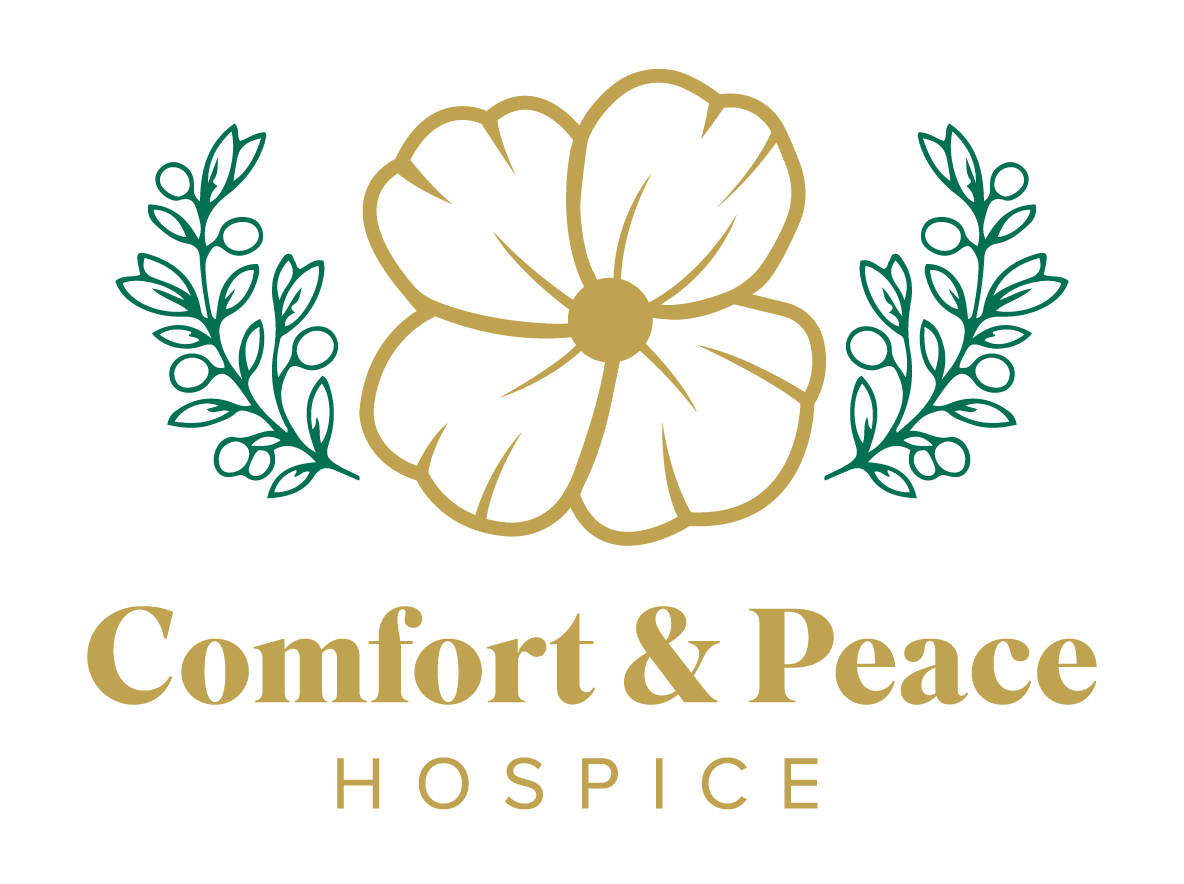Reaching the end can be extremely difficult. There are a lot of challenging emotions to grapple with, along with physical pain. For some, it’s too much to handle on their own. For those in need of assistance when they are reaching the end of their lives, hospice care is an excellent option.
Comfort and Peace Hospice provides top-quality hospice care for patients with a life-limiting illness. We provide emotional, physical, psychological, and even spiritual support for our patients, and we do everything we can to meet their unique needs. Our treatment is designed to help patients to enjoy their final days with peace, comfort, and dignity.
What is Hospice?
Hospice care is a form of care that is intended for patients that require additional assistance near the end of their lives. During this time, patients are provided with emotional support, therapy, physical care, and spiritual support. It is our goal at Comfort and Peace for our patients to pass on with the peace they deserve.
Hospice care has some general parameters, but it also looks unique from patient to patient. Everyone is on their own journey and has their own unique needs. That’s why Comfort and Peace Hospice puts together unique plans for all of the patients in our care.
If you would like to learn more about hospice, the levels of care available, and what form of care is right for your loved one or you, reach out to Comfort and Peace Hospice today. We’d be happy to answer any questions you may have.
Who is Hospice Care for?
Hospice care is for any patient with a life-limiting illness. While cancer often comes to mind, it’s actually for anyone that needs some additional support in their final days—no matter what life-limiting illness they are suffering from.
In order to get approved for hospice care, a patient needs the permission of two physicians. This often isn’t as difficult as it may sound. Many times, a physician will actually recommend hospice care to the patient.
Another requirement is that the patient has around 6 months left to live. If the patient lives beyond this period, they still may be a candidate for hospice care, though.
Some common illnesses that patients suffer from that lead to the need for hospice care include:
- Heart disease
- Dementia
- Cancer
- Liver disease
- Pulmonary disease
- Stroke
- Renal disease
- and others
Hospice care isn’t just for the patient. If you are a primary caregiver, you know how difficult it can be to take care of a loved one that is suffering from a life-limiting illness. While you are doing your best, it can be very taxing. Hospice care provides primary caregivers the opportunity to catch up on some rest and obligations that they have fallen behind on.
If you believe hospice care is a good option for your loved one or you, reach out to Comfort and Peace today!
How Does Hospice Care Work?
Routine Home Care
Routine home care is very common. It involves a patient receiving hospice care at home. During this time, the patient will receive care from medical professionals, social workers, and even volunteers. Their spiritual needs are met, pain is managed, and they receive mental and emotional support. Routine home care provides patients with the peace they need to enjoy their final days.
General Inpatient Care
If a patient needs additional support for a period of time, general inpatient care may be required. During this process, the patient resides at a hospice care facility. They receive extra care that addresses symptoms and helps to stabilize them. Once the patient is stabilized, they can return home for routine care.
Respite Care
While you may be doing an excellent job as the primary caregiver for your loved one, you may also need some time off to rest.
Respite care is a form of care that involves a patient checking into a facility for a short period of time. This form of care allows the primary caregiver to take a break and recharge. They are also able to take care of outside obligations that they may have fallen behind on. Once they have recharged their batteries, they can bring the patient home and continue care.
Patients receive top-quality care and support during respite care. If you are the primary caregiver, you don’t need to worry about your loved one. It is guaranteed they will be taken care of extremely well during your time off.
Continuous Care
If a patient is going through a crisis, continuous care may be required. This may be due to anxiety, extreme pain, and/or respiratory distress. Continuous care involves a patient being cared for anywhere from a few hours a day to a few full days. If the caregiver can address the core issues, they will. Otherwise, they will handle the symptoms until they pass.
Hospice Versus Assisted Living: What’s the Difference?
The main differences between assisted living and hospice care come down to the location and type of care required. Assisted living involves the patient residing permanently at a facility where they can be cared for, while hospice care is generally done at home or for a short period at a facility.
Assisted living facilities are for patients of all levels of need. It is not just for those with a life-limiting illness. With that said, you can receive hospice care while living at an assisted living facility.
Providing Better Care
Reach Out Today!
If your loved one or you have a life-limiting illness and you are looking for some additional support, reach out to Comfort and Peace Hospice. We provide a variety of different hospice care services, and we are able to put together a custom plan to meet your needs.
We look forward to speaking with you and providing you with the higher level of care you are looking for.



